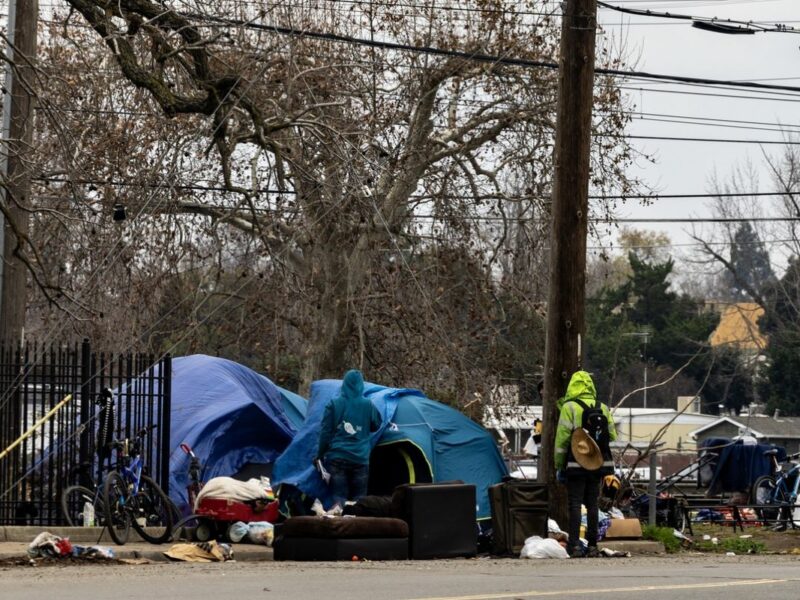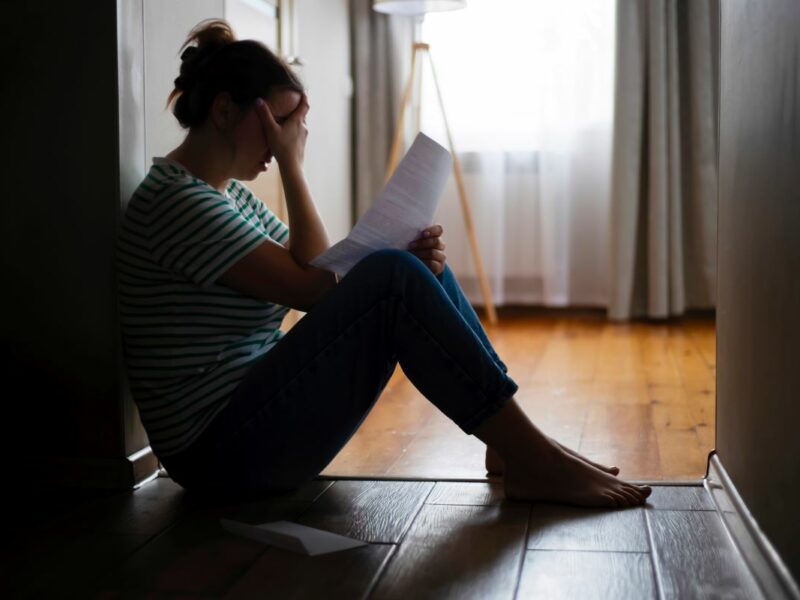Beyond the USA: Paris, Vienna and Helsinki Opt for Public Housing to Successfully Reduce Homelessness
American cities follow a predictable trend once they start booming in popularity. Across the country, once-overlooked places that have been home to generations of lower-income people suddenly get “discovered” by developers and start to change rapidly.
In move coffee shops with cutesy names, doggy daycares, and rich white families looking to make the place their own. On the other side of the gentrification coin, businesses, community fixtures, and people who have called the area home for decades get priced out and pushed out to make room for everything new and profitable.
When there’s nowhere else they can afford to go, many of these displaced people become homeless. Rather than understanding their role in this system, many gentrifiers then have the audacity to complain about nearby homeless encampments potentially lowering the property value of their luxury condo.
It’s maddening, but it’s not the only way of doing things. Iconic international cities like Paris, Vienna, and Helsinki are demonstrating a different approach.
Paris Provides Public Housing to Prevent Pushing Out Poor People
Paris is famous worldwide for its romance, history, and splendor. It may be best known for its museums, restaurants, and monuments. Still, a huge part of what gives this city its unique character is all the people that live there, the cultural influences they bring, and the small family businesses they operate. Seriously, without the charm all of its diverse residents bring to Paris, it would be little more enchanting than Disney World’s Epcot interpretation.
City engineers have put considerable effort into ensuring that Paris remains accessible to people from all different income classes, deliberately counteracting economic segregation rampant in other places. The city is always looking for more opportunities to add public housing in creative ways, as necessitated by the density and history of a city like Paris.
Because of this approach, 25% of all Parisians live in public housing, without the stigma that usually accompanies that fact here in the United States. In a city where a 1,000-square-foot apartment can sell for 1.3 million euros on the unrestricted market, people living in a subsidized apartment of the same size may only pay 600 euros a month, with a view of the Eiffel Tower to boot.
The city is also the landlord for 19% of Paris’s retail spaces, which are a huge contributor to the city’s timeless charm. City Hall is careful to keep a balance of retail tenants so that essential needs for residents are covered, and every corner doesn’t become overrun with McDonald’s or Starbucks locations that compromise the unique Parisian ambiance.
Rather than forcing the working class to commute long distances into the city center from more affordable, far-flung suburbs as we see happening in America, the French philosophy is that the people whose labor produces the wealth that the city enjoys should have a right to live there themselves.
Of course, the execution of this idea is not perfect, and there still isn’t enough public housing in Paris to house everyone who needs it without a long waiting list. As a result, there are homeless people in Paris, and they’re not always treated well, unfortunately.
With that said, Paris does seem to be moving in the right direction and is certainly further along the path toward ending homelessness than many other cities. The guiding principle alone is miles ahead of where we’re at with affordable housing policies and attitudes in America.
Vienna
For decades, residents of Vienna have enjoyed strong rental protections and public housing assistance designed to prevent the sort of crisis we’re currently enduring in the USA due to rising rents and wages stagnating.
Vienna’s social housing model prevents rent from rising out of step with inflation. In fact, rental prices on public housing can only rise if inflation is more than 5 percent for the year. Average wage increases easily outpace that.
Known to locals as Gemeindebauten, the Viennese social housing system provides subsidized housing for poor people and the middle class. Eighty percent of the city’s residents qualify for public housing, and once you’re in, you’re in —contracts never expire, even if your income increases.
This generous supply of highly affordable housing helps keep costs down for everyone. Even housing on the private market hasn’t been able to balloon in price like it has in the US because almost everyone has access to a better option.
On average, private housing in Vienna costs renters 26% of their post-tax income, including utilities. The average household living in Gemeindebauten spent just a bit less on housing, at 22% of their post-tax income on average.
Because of this system and a series of other strong social safety nets, walking through Vienna is a notably different experience than walking through almost any major American city. Tourists from the US note the conspicuous lack of panhandlers, encampments, and homeless people in general and wonder how it’s possible.
We can hardly imagine what it must be like to have a government that cares for its citizens and provides them with affordable housing, healthcare, transportation, and enough assistance to cover basic necessities and enjoy a bit of the city’s unique culture.
Helsinki
Finland has achieved an incredible reduction in national homelessness levels through its aggressive investment in Housing First initiatives and more profound cultural shifts that make caring for each other a priority for Finns. In the capital of Helsinki, the absence of unhoused people is keenly felt by tourists who have become desensitized to it in their home countries.
Invisible People recently visited Helsinki to witness the Finnish approach firsthand. The short documentary filmed there uncovers the stories of several formerly homeless Finns and how their lives were impacted by the combination of an all-in Housing First approach, the country’s willingness to build affordable housing, and other factors that are more difficult to quantify but no less important to success. This deep dive shows the power of radical compassion at every step of the way.











